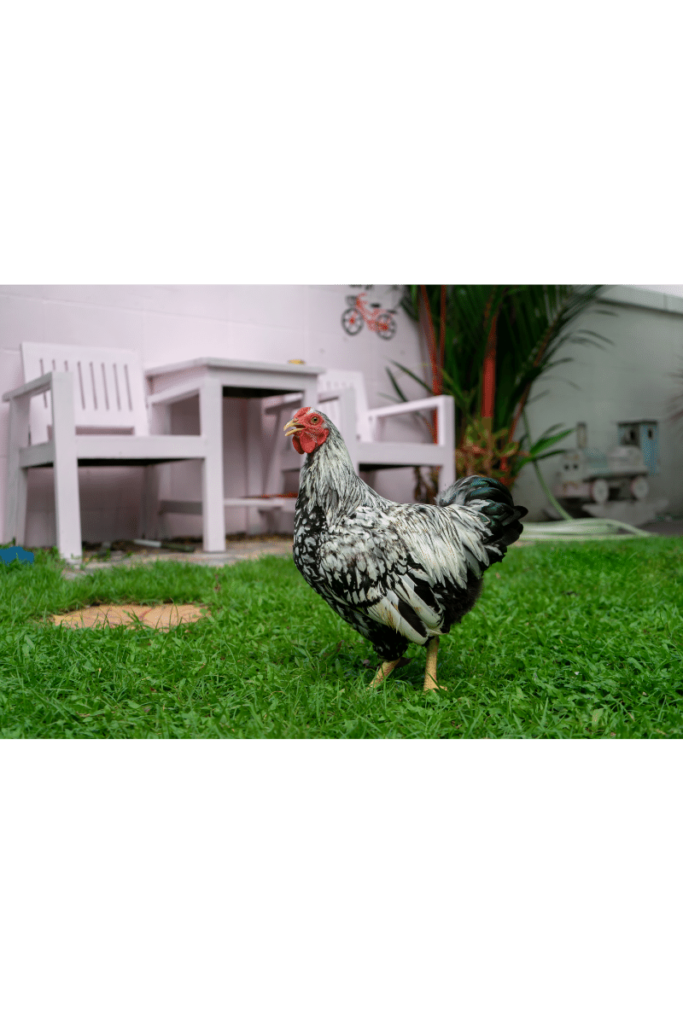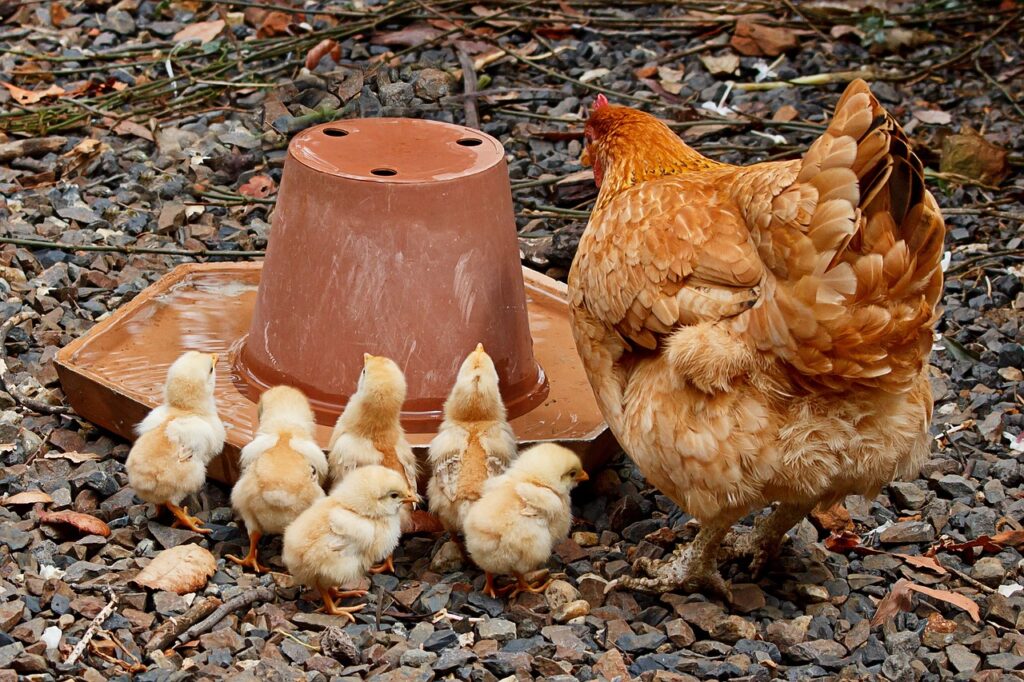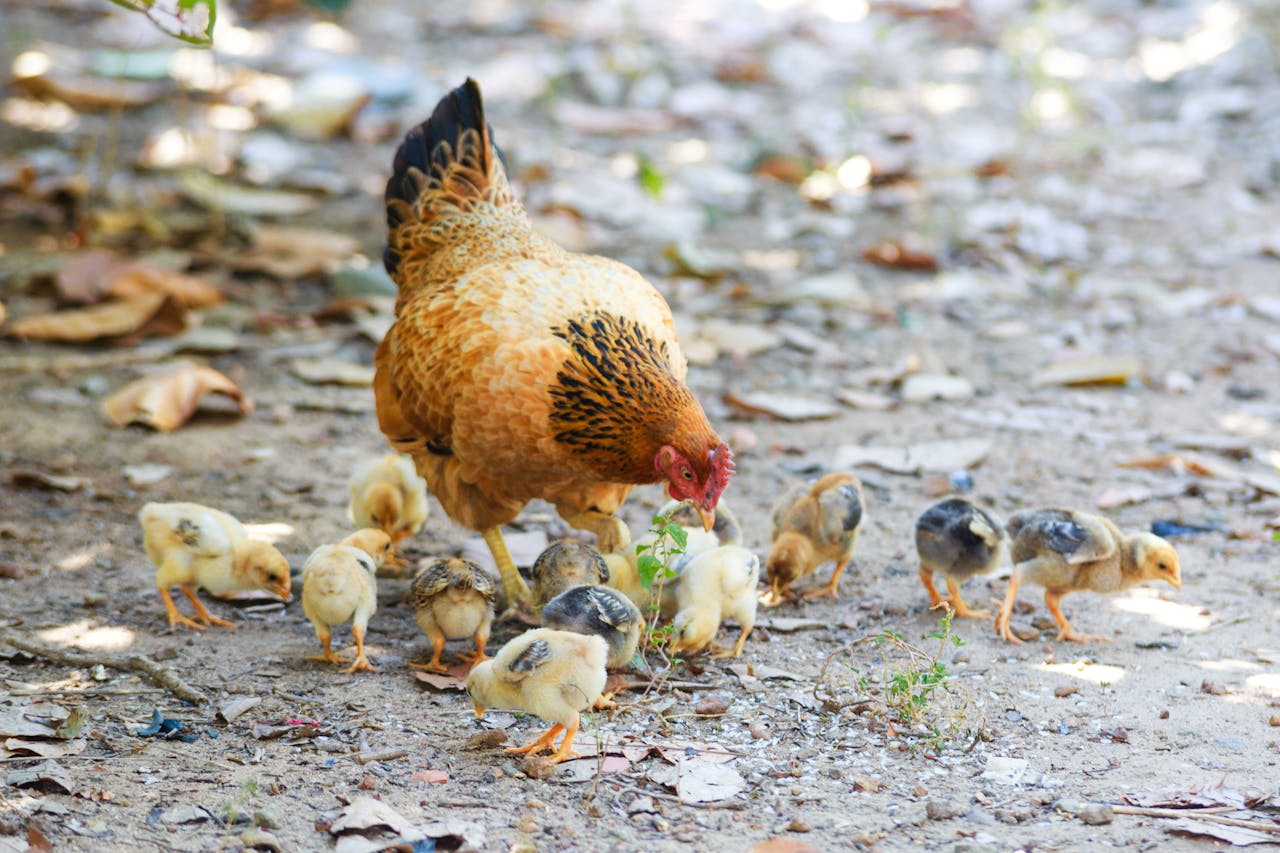Introduction to Plastic Chicken Coops
The humble chicken coop has undergone significant evolution, from rudimentary wood constructions to modern designs utilizing cutting-edge materials. Among these, plastic chicken coops have emerged as a popular and innovative solution, offering a range of benefits over their traditional counterparts. This shift reflects a broader trend towards materials that enhance efficiency, durability, and the overall well-being of poultry. In this blog, we’ll explore the myriad advantages of plastic chicken coops, shedding light on why they’re becoming the go-to choice for backyard farmers and commercial poultry keepers alike.
Ease of Maintenance
One of the standout benefits of plastic chicken coops is their ease of maintenance. Unlike wood, which can absorb moisture and harbor bacteria and parasites, plastic surfaces are non-porous, making them simple to clean and disinfect. This feature is particularly beneficial in maintaining a hygienic environment for chickens, crucial for their health and productivity.

Cleaning Simplified
Plastic coops can be quickly hosed down without the risk of water damage, a common issue with wooden coops. The use of mild detergents and disinfectants doesn’t compromise the integrity of the plastic, ensuring that harmful pathogens are effectively removed. This ease of cleaning also reduces the time and labor required for coop maintenance, allowing poultry keepers to focus more on the care and management of their flock.
Healthier Environment
The ease of disinfection with plastic coops plays a pivotal role in preventing the spread of diseases. In wooden coops, bacteria and parasites can penetrate the surface, making them difficult to eradicate. Plastic, on the other hand, provides no such refuge for pathogens, contributing to a healthier living space for chickens. This is crucial for reducing mortality rates and the spread of diseases within the flock.
The shift towards plastic chicken coops is grounded in practicality and the pursuit of a healthier, more sustainable poultry keeping practice. As we delve further into the benefits, including durability, weather resistance, and cost-effectiveness, the reasons for their growing popularity become increasingly clear.
Durability and Weather Resistance
Plastic chicken coops offer remarkable durability and resistance to various weather conditions, making them a superior choice for poultry housing. The resilience of plastic materials ensures that these coops can withstand extreme temperatures, moisture, and exposure to sunlight without deteriorating as quickly as traditional materials like wood.
Withstanding the Elements
One of the primary advantages of plastic coops is their ability to endure harsh weather. Plastic’s inherent resistance to water prevents rotting, mold, and fungal growth, common issues in wooden coops that can compromise the structure and health of the chickens. Moreover, plastic coops are unaffected by the warping and cracking that temperature fluctuations can cause in wood, maintaining their integrity over time.
Sunlight and UV Protection
Exposure to sunlight can severely damage wooden coops, causing the paint to fade and the wood to weaken. In contrast, plastic chicken coops are typically manufactured with UV-resistant materials, ensuring that they remain vibrant and strong even after years of direct sunlight exposure. This UV protection not only preserves the coop’s appearance but also its structural integrity, reducing the need for frequent repairs or replacements.

Long-term Investment
The durability and weather resistance of plastic chicken coops translate into a cost-effective, long-term investment for poultry enthusiasts. While the initial cost may be higher than that of a wooden coop, the longevity and reduced maintenance requirements of plastic coops offer significant savings over time. This makes them an economically sensible choice for anyone looking to maximize the value of their investment in poultry housing.
Pest and Rodent Resistance
Another significant advantage of plastic chicken coops is their resistance to pests and rodents, which can be a major concern with traditional wooden coops. Plastic materials offer no attraction or harborage to common coop pests such as mites, lice, and rodents, contributing to a cleaner and safer environment for chickens.
Impenetrable to Pests
Wooden structures can become breeding grounds for mites and lice, which burrow into the wood, making them difficult to eliminate. Plastic, with its smooth and non-porous surface, provides no such hideouts, significantly reducing the risk of pest infestations. This feature is crucial for maintaining the health and well-being of the flock, as pests can cause stress, reduce egg production, and spread diseases.
Rodent Deterrence
Rodents are notorious for gnawing through wooden coops to access food and shelter, posing a risk to chickens and their feed. Plastic coops, however, are much less susceptible to rodent damage due to the toughness of the material. This reduces the likelihood of rodent-related issues, ensuring that the feed remains uncontaminated and the chickens safe from potential harm.
The resistance of plastic chicken coops to pests and rodents is a testament to their design’s consideration for the health and safety of poultry. By providing a more secure and hygienic environment, plastic coops contribute significantly to the overall success of poultry keeping endeavors.
Portability and Assembly
Plastic chicken coops are celebrated for their portability and ease of assembly, features that cater to the modern poultry keeper’s needs for flexibility and convenience. The lightweight nature of these coops, combined with often modular designs, allows for easy relocation and adjustment according to the changing needs of the flock or the preferences of the keeper.
Easy to Assemble
Many plastic coops come in pre-fabricated parts designed for quick and straightforward assembly. This ease of setup is a significant advantage for those who may not have the tools, skills, or time to construct a traditional wooden coop. Instructions are typically clear and concise, with components that snap or screw together without the need for specialized equipment. This user-friendly assembly makes plastic coops accessible to a wider audience, including novice poultry keepers.
Lightweight and Mobile
The lightweight yet sturdy construction of plastic coops offers unparalleled mobility. This feature is particularly beneficial for those practicing rotational grazing or wishing to move their chickens around to different parts of their yard to distribute manure or let the land rest. The ease of moving a coop not only contributes to the health of the land but also to the well-being of the chickens, providing them with fresh ground and reducing their exposure to parasites and disease.

Cost-Effectiveness
While the initial purchase price of plastic chicken coops might be higher than some traditional materials, their long-term cost-effectiveness is undeniable. The durability, low maintenance requirements, and longevity of plastic coops can result in significant savings over time, making them a wise investment for both hobbyist and commercial poultry keepers.
Lower Maintenance Costs
The minimal maintenance required for plastic coops translates into savings on repairs and replacements. Unlike wooden coops, which may need regular painting, sealing, or repairs due to weather damage or rot, plastic coops maintain their condition for years without such interventions. This resilience reduces the need for additional materials and labor, saving money and time for the owner.
Longevity Equals Savings
The extended lifespan of plastic coops, thanks to their durability and resistance to weather, pests, and rot, means that they need to be replaced less frequently than coops made from traditional materials. This longevity, combined with the minimal upkeep, makes plastic coops a cost-effective solution in the long run, despite the initial investment.
Investment in Health
Moreover, the health benefits provided by plastic coops—stemming from their ease of cleaning, pest resistance, and the creation of a more hygienic environment—can lead to healthier chickens and, by extension, higher productivity in terms of egg laying and reduced veterinary costs. Healthier chickens mean a more productive and profitable endeavor, further enhancing the cost-effectiveness of plastic chicken coops.
Environmental Considerations
In today’s eco-conscious world, the sustainability and environmental impact of poultry housing materials are increasingly important considerations. Plastic chicken coops, when chosen thoughtfully and used responsibly, can offer several environmental benefits.
Recyclability and Durability
Many plastic coops are made from recycled materials and are themselves recyclable at the end of their lifecycle, reducing waste and the demand for new raw materials. Their durability also means fewer resources are consumed over time for repairs and replacements, contributing to a reduction in overall environmental impact.
Reducing Pesticide Use
The pest and rodent resistance of plastic coops can decrease the need for chemical pest control measures, which can have harmful environmental effects. By limiting the use of pesticides, plastic coops contribute to a healthier ecosystem around the poultry area.

Considerations for Responsible Use
It’s important for poultry keepers to consider the source and type of plastic in their coops, opting for those made from recycled materials when possible and ensuring the coop is properly recycled at the end of its useful life. This mindfulness can mitigate some of the environmental concerns associated with plastic products.
Conclusion
The benefits of plastic chicken coops are manifold, spanning ease of maintenance, durability, pest resistance, portability, cost-effectiveness, and potential environmental advantages. These modern solutions to poultry housing not only cater to the practical needs of poultry keepers but also align with a growing emphasis on sustainability and animal welfare.
As the poultry industry continues to evolve, the choice of housing plays a pivotal role in the success and sustainability of poultry keeping endeavors. Plastic chicken coops represent a significant advancement in this area, offering a practical, durable, and eco-friendly option that meets the needs of both the poultry and those who care for them.
For those considering a new or upgraded coop, plastic chicken coops deserve serious consideration. Their myriad benefits make them a compelling choice for ensuring the health, productivity, and well-being of chickens, while also offering ease of use and long-term savings for their keepers. As we look towards more sustainable and efficient practices in all areas of agriculture and animal husbandry, plastic chicken coops stand out as a forward-thinking choice for the modern poultry keeper.
Whether you’re a backyard hobbyist or a commercial poultry farmer, the advantages of investing in a plastic chicken coop can contribute significantly to the health of your flock, the efficiency of your operation, and the sustainability of your practices. By embracing these innovative solutions, poultry keepers can enjoy the myriad benefits that plastic chicken coops have to offer.




